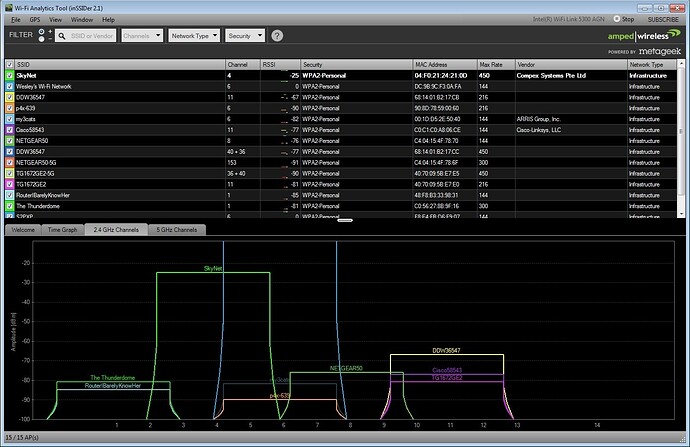I encourage readers to check my posts further down this thread, as the tests performed in this initial post were not as thorough as they should have been. The results do not accurately represent what the Omnia is capable of. - thanks
Hello all,
It’s me again back with some more information. This time, a WiFi throughput competition between the Compex cards provided with the Omnia. This was created partially in response to this post: https://discourse.labs.nic.cz/t/very-slow-wifi-to-wifi-speed-on-radio1-with-40-mhz/974
This competition is testing the two wifi cards (the Compex WLE900VX - based on the Qualcomm-Atheros QCA9880 chipset, and the Compex WLE200N2 - based on the Qualcomm-Atheros AR9287 chipset) in the 2.4GHz range. Both 20MHz and 40MHz are tested. It is a wifi-client to wifi-client test only.
Real quick for the TLDR’s out there: there’s little difference between the two, with the WLE200N2 providing slightly better speeds under my test setup on both 20MHz and 40MHz.
Now for the meat!
Test Setup
Laptop:
Windows 7 Pro X64
Intel Core 2 Duo @ 2.26GHz
4GB DDR2 RAM
Patriot Torqx2 64GB SSD
Intel WiFi Link 5300 AGN - Intel Driver version 14.3.2.1
Desktop:
Windows 7 Pro X64
Intel Core i5 @ 3GHz
8GB DDR3 RAM
Patriot Torqx2 64GB SSD
Dell DW 1501 Wireless N - Broadcom driver version 5.60.48.35
Other info
I live in an apartment building so wireless frequencies are fairly crowded. I chose channel 4 to dominate. The image below was taken on the laptop while sitting next to the Omnia, and gives you an idea of how crowded the 2.4GHz frequency is.
No other wifi connections to the Omnia were present during testing. The girlfriend was watching Netflix via PlayStation3 on Ethernet0 the entire time.
Settings changes were followed by device reboot.
IOMeter was used for network testing.
Please see my lower post for more accurate information. I have removed most material from the original post due to poor methodology and inaccurate information.
Conclusion
The Compex WLE200N2 provides slightly better performance between two wireless clients than the WLE900VX in the 2.4GHz frequency. This is most likely due to the WLE200N2 being a strict 2.4GHz card, while the WLE900VX is both 2.4 and 5 GHz (likely with emphasis on 5GHz capabilities).
Thoughts
On our 35Mbps down/5Mbps up cable line from TimeWarner/Charter, I regularly receive 25.5/3.5 on download tests over the wireless network. Even with a degraded signal of -70 to -75dBm. I have little doubt the Omnia is a capable wireless AP/router.
